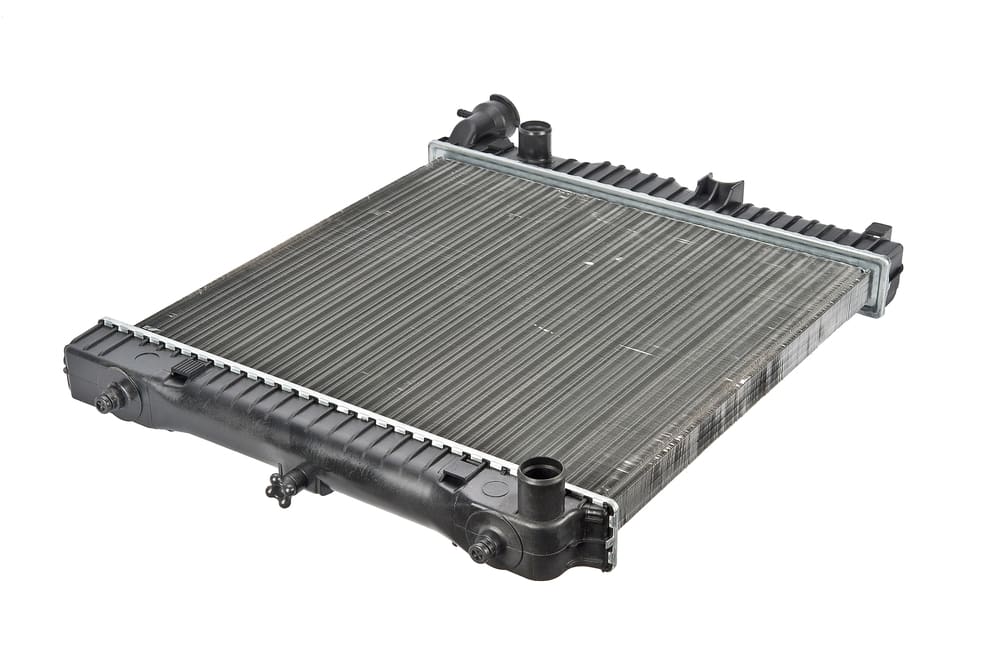

The numerous moving parts of a vehicle are certain to rub together, causing friction which generates a generous amount of heat. The motor oil that is being pumped in as lubrication can only do so much – it can’t reduce all of the heat energy being produced and this excess heat will cause delicate parts to begin breaking down much sooner than expected. To keep the engine safe, the radiator helps bleed off some of that extra heat.
Radiators help dissipate heat by passing through a coolant into the car engine, a critical function that ensures the vehicle will keep running within acceptable parameters. While radiators are not overly cheap, they are much less expensive than replacing an engine. A centrifugal pump transfers the coolant from the overly hot engine to the radiator, which then cools down the liquid by transferring that heat into the air to reduce the temperature before the liquid is returned to the engine to begin the process again.
Here are some helpful tips about radiators:
Aluminum fins on the radiator work in parallel to help bleed off the heat from the coolant fluid passing through the pipes.
Another type of fin is called a turbulator, and this particular fin helps increase the liquid flowing through the pipes. Liquids flowing through the middle of the pipe may not cool down as quickly as fluid that is touching the pipes themselves – and the turbulator, as the name suggests, increases the turbulence of the coolant increasing the amount of liquid that has a chance to touch the walls of the pipe.
Aluminum is often used for radiators for its durability and lack of corrosion.
The staggering variety of radiators on the market today makes choosing one challenging to all but the most knowledgeable driver. Key factors include airflow, tubing, construction, and cost. Here are a few things to consider when making a decision on buying a radiator:
Radiator fan: Radiator fans can be either electrical or mechanical – with electrical being the preferred version as mechanical fans can consume as much as 20 horsepower, and electrical fans consume much less.
Strong wide tubes: It’s important to get tubes as wide and strong as possible to carry the volume of liquid that you need to carry, without the chance of these important parts breaking down.
Free flowing: Keeping the coolant cool is the key reason for having a radiator – be sure that the coolant is able to freely flow through the pipes and radiator before you make a purchase.
When you’re looking for cost-effective and good quality radiators, you can consider aftermarket parts instead of OEM. However, you want to be very cautious of remanufactured parts as they may have hidden problems like tubes that haven’t quite cracked yet, but may have weaknesses that aren’t yet visible.
YourMechanic supplies top-quality radiators to our certified mobile technicians. We can also install a radiator that you've purchased. Click here to get a quote and more information on radiator replacement.



